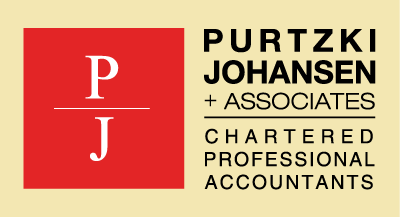When a doctor client recently sold his home for a tax-free $1.5 million profit, one starts to wonder when our cash starved government will put limits on the tax exempt sale of your home. In the meantime, let us enjoy this generous tax shelter. Here are some ideas of how you can make the best use of the principal residence exemption.
- If you own two properties, e.g. a city home and a vacation property, which would qualify as a principal residence, you can only designate just one property as its principal residence for any given calendar year. You and your spouse or common-law partner and children under the age of 18 can only have one principal residence exemption. You can double up on the exemption by placing the ownership in the name of an adult family member. This will allow the child to claim the full principal residence exemption when the property is sold.
If you own two properties, which have increased in value, and you have only one principal residence exemption available, then it can become tricky as to which residence you designate for the exemption. To illustrate, you sell your vacation condo, which you have owned for five years, at a gain of $100,000. You designate it as your principal residence for the five years, which fully eliminates the tax on the gain. You sell your city home in two years after 10 years of ownership at a gain of $500,000. Since you used up five years of your exemption on the condo, you now are exposed to a capital gains tax on about 50% of the gain of $500,000. In hindsight, you would have been better off to pay tax on the condo and to preserve the exemption for the home.
- If your home is on land which exceeds 1 acre, you might still be able to claim the exemption on the excess land. The rule is that you can only claim the land portion in excess of 1 acre if the land is necessary for the use and enjoyment of your principal residence. If you acquired a house on a 3 acre parcel of land and the applicable zoning laws preclude you from acquiring a parcel with an area less than 3 acres, then the principal residence exemption applies to the whole property. If, during the ownership, the applicable zoning bylaws are changed as to reduce the minimum lot size, then the exemption may be reduced.
- Even if you live in the home only for short period of time in the year you can get the benefit of the residence exemption. You do not have to wait one year, or some other specified time before you sell the property. A vacation property will be considered a principal residence, even if you occupy it only during your vacation, provided that the main reason for owning the property is not to produce rental income. You are allowed to receive incidental rental income from your seasonal residence. It is interesting to note that your vacation property can be outside Canada and still qualify for the exemption. Should CRA determine that you “flip” houses by moving into them with a view to fixing them up and then reselling, you will be considered to carry on “an adventure in the nature of trade”, and you will pay tax on 100% of the profits.
- Do not add family members to the title of your property. To avoid probate fees, many parents make their children joint owners of their principal residence. The idea is that on death, the residence is transferred immediately to the beneficiary, bypassing the will. The parents do not realize that by adding a child as a joint owner, they are jeopardizing the full entitlement to the principal residence exemption.
The principal residence exemption is Canada’s greatest tax shelter and I hope that our government will keep it that way.



